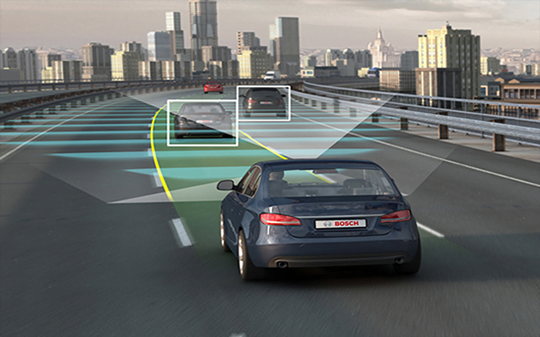Automatic driving in 4WD?
Like the argument between petrol and diesel, the argument between auto and manual could last all day with neither side winning. In fact, both transmissions have advantages and disadvantages. It is just that autos have more advantages than manuals.

What are the Advantages?
-
For a start, selection of the right gear is one less thing you have to worry about (Select the wrong gear in a manual and you could easily get stuck, stall the engine, or find yourself in a place you would rather not be).
-
Every gear change is a positive one with no loss of momentum (Great in soft sand and when towing).
-
You can go slower in an auto than in a manual (Great when negotiating rocks or logs).
-
You can’t stall the engine (No need to master stall recovery technique, and you don’t get as flustered in tricky situations).
-
Less likely to damage transmission components (No burnt-out clutches and no dropped clutches causing broken axles, etc.)
-
Reduces the effect of turbo lag in turbo charged engines.
-
Less tiring to drive.
-
Easier to drive in the city (Where we spend most of our time anyway).
-
Etc.,Etc,…
What are the Disadvantages?
-
Less engine braking when going downhill.
-
Can’t push-start as easily as a manual if you have a flat battery.
-
Increased brake wear.
-
Slightly higher fuel consumption.
What gear should I select?
Many people are unsure what gear to select when driving an automatic off-road. The simplest advice we can give would be to leave the transmission in Driveunless you are descending hills. In that case, select whatever gear gives you sufficient engine braking so that you are not over-using your brakes. Often, this will mean pulling it back to First (or Low).
Why does a manual gearbox give better engine braking than an auto?
For three reasons.
-
Firstly, torque converter slip. The torque converter is what replaces the clutch in a manual transmission. In its simplest form, it is like two fans spinning in oil. As one spins (driven by the engine), it causes turbulence in the oil which causes the other fan to turn (connected to the gears). Because of the lack of a direct mechanical connection between the two fans, we get a delayed response (or torque converter slip).
-
Secondly, the torque converter has a multiplying effect on the engine’s output. This is all very fine when the engine is driving the wheels, but when the wheels are driving the engine, the torque converter has a reduced effect.
-
Thirdly, and more importantly, automatics are usually higher geared than manual transmissions. Because of the multiplying effect of the torque converter, autos often have one less gear than their manual equivalents, and it is often the lowest gear that is missing. Again, this is OK when the engine is driving the wheels, but not OK when the wheels are driving the engine. It is that really low first gear that gives manuals significantly more engine braking effect (and their only real advantage) over an auto.
Why do we leave an auto in Drive at other times?
Basically to let the transmission select whatever gear it needs according to ground speed and engine load. Most autos start in 1st gear and change up to 2nd, 3rd, etc., as required. Likewise, they change down as speed drops (some are better than others) or in response to heavy acceleration. If we are travelling off-road on a slippery surface, there is a chance the wheels will spin. If this occurs, an auto box left in Drive will think the vehicle is moving faster and will change up a gear. Driving in a higher gear on a slippery surface reduces the chance of wheel spin thus eliminating or minimising the problem automatically.
Some auto boxes (often 4 speed boxes) have an overdrive top gear (i.e. less than 1:1 ratio). It is often suggested that such boxes should generally be left in 3rd gear instead of Drive when off-road to prevent “hunting” through the gears. However, from experience, I have never found it to be a problem so I always choose Drive for everything except descents.
What does the Hold (or 2nd) button do on my automatic?
Activating the hold button will prevent the auto from starting in 1st gear. It will start in 2nd gear instead. This can be beneficial under very slippery conditions, or in loose beach sand, when you don’t want the vehicle burying itself with all 4 wheels spinning on take off.
Should I select Sport or Economy mode?
It is usually better to leave the transmission in economy mode. That way, it will be able to change gears normally. Sport mode causes the gears to be held longer before changing up, and it may cause the box to down-shift earlier than normal. High revs in low gears are more likely to lead to wheel spin.
Still concerned that it is not macho to drive an automatic?
Just remember that if you aspire to own or drive a Hummer, all you get is auto transmission. So relax, let the auto do its job, and concentrate on wheel placement to avoid getting stuck. Remember, Enjoy, Don’t Destroy.
